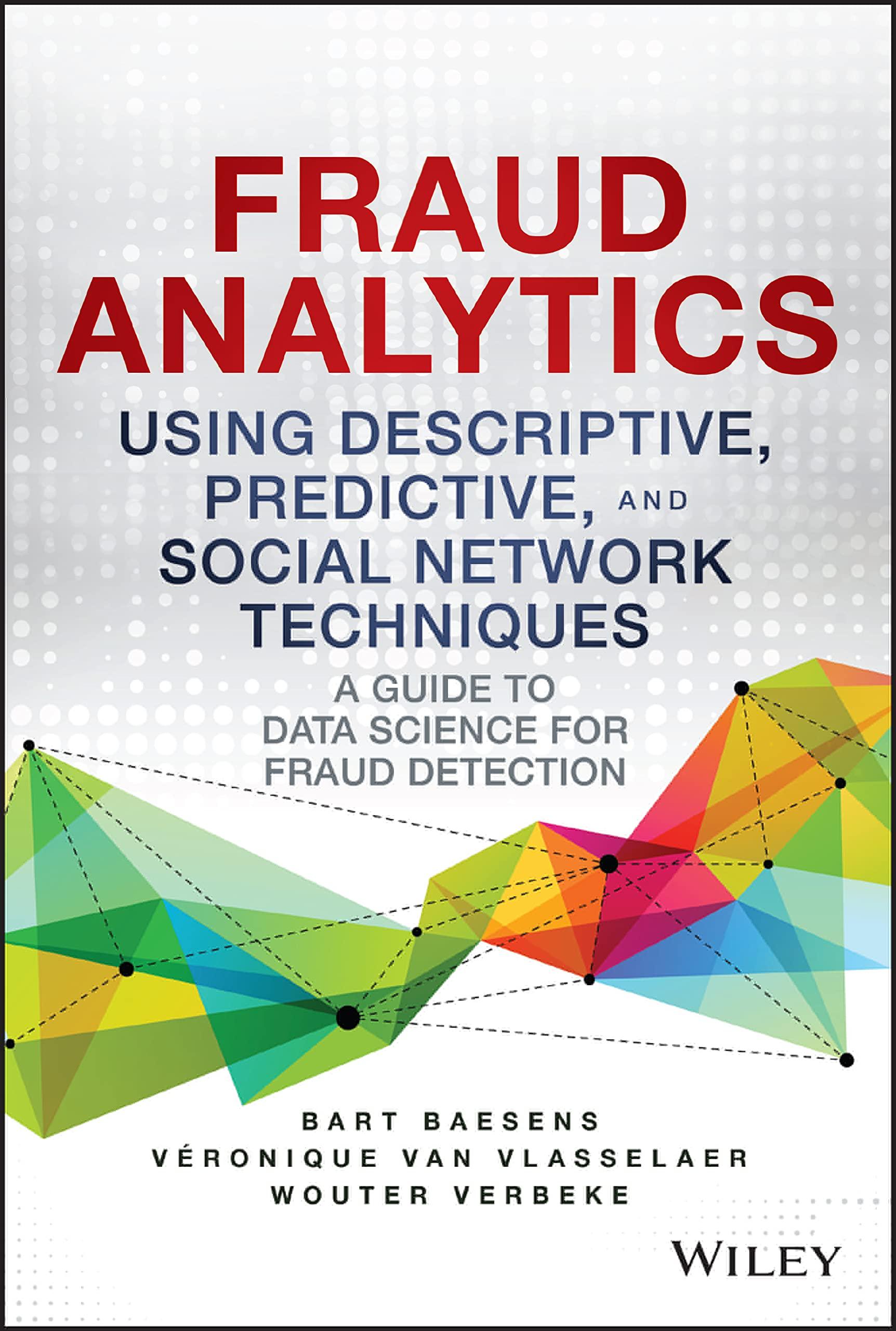Question
You work for a large accounting firm KMPG as a Senior Accountant. Your client Bear plc acquired shares in Wolf plc several years back and
You work for a large accounting firm KMPG as a Senior Accountant. Your client Bear plc acquired shares in Wolf plc several years back and you are responsible for the preparation of the year end work.
The following are the Statements of financial position for Bear plc and Wolf plc as at 31 March 2020, together with the additional information provided below.
|
|
| Bear plc | Wolf plc |
|
|
| ||
| Non-Current Assets |
|
|
|
| Land and buildings |
| 975,000 | 220,000 |
| Plant and equipment |
| 245,000 | 75,000 |
| Fixtures and fittings |
| 375,000 | 54,500 |
| Intangibles: Development costs |
| 30,000 |
|
| Investment in Wolf plc |
| 350,000 |
|
| Total Non-Current Assets |
| 1,975,000 | 349,500 |
|
|
|
|
|
| Current Assets |
|
|
|
| Inventory |
| 625,000 | 165,000 |
| Trade and other receivables |
| 105,000 | 76,450 |
| Cash and cash equivalents |
| 65,200 | 24,500 |
| Total Current Assets |
| 795,200 | 265,950 |
|
|
|
|
|
| Total Assets |
| 2,770,200 | 615,450 |
|
|
|
|
|
| Equity |
|
|
|
| Ordinary shares (1) |
| 700,000 | 120,000 |
| Preference shares (1) |
| 300,000 | 30,000 |
| Retained earnings |
| 1,427,750 | 335,000 |
| Total Equity |
| 2,427,750 | 485,000 |
|
|
|
|
|
| Current Liabilities |
|
|
|
| Trade payables |
| 105,000 | 42,500 |
| Taxation |
| 82,450 | 33,450 |
| Dividends |
| 95,000 | 32,000 |
| Total Current Liabilities |
| 282,450 | 107,950 |
|
|
|
|
|
| Non-Current Liabilities |
|
|
|
| Bank Loan |
| 60,000 | 22,500 |
| Total Non-Current Liabilities |
| 60,000 | 22,500 |
|
|
|
|
|
|
|
|
|
|
| Total Equity and Liabilities |
| 2,770,200 | 615,450 |
|
|
|
|
|
Notes to the above financial statements:
- Wolf Plc acquired 84,000 ordinary shares in Wolf on 31 March 2017. They also acquired 15% of the preference shares.
- At the date of acquisition, the retained earnings of Wolf plc were 205,000.
- During the year, Bear sold goods to Wolf for 10,400 which included a mark-up on cost of 30%. At the end of the year, 50% of this stock was still held by Wolf plc.
- At the date of acquisition, the land and buildings of Wolf plc had a fair value of 50,000 more than their book value. This fair value increase has not been incorporated into the statement of financial position for Wolf plc. Land accounts for 20% of this amount. Wolf acquired the building on 1 April 2012. The group policy is to depreciate buildings over a period of 50 years.
- Wolf spent 42,000 on developing a new and innovative product. Wolfs policy is to expense development costs, however, it is Bears policy to capitalise development costs (i.e. treat it as an asset). The following provides a breakdown of expenditure by Wolf:
Development costs up to 31 March 2017 32,000
Development costs after 31 March 2017 10,000
- On the 31March 2020, an impairment test was carried out on the goodwill arising from the acquisition of Wolf plc. The report indicated that the goodwill needs to be written down by 10,000.
- Wolf declared a dividend to its ordinary shareholders on 15 March 2020 which remained unpaid by 31 March 2020. Bear has not accounted for this income in their financial statements.
- Prepare the consolidation schedule for Wolf plc at 31 March 2020.
- Calculate the equity and non-controlling interest that will appear in the consolidated statement of financial position for the Bear Group plc at 31 March 2020.
c. Prepare a memorandum for the attention of the financial director of Bear Plc explaining why consolidated accounts are necessary and what are the criteria regarding exemption and exclusion from preparing consolidated accounts.
d. Prepare a memorandum for the financial director of Bear plc explaining the limitations of group accounts.
Step by Step Solution
There are 3 Steps involved in it
Step: 1

Get Instant Access to Expert-Tailored Solutions
See step-by-step solutions with expert insights and AI powered tools for academic success
Step: 2

Step: 3

Ace Your Homework with AI
Get the answers you need in no time with our AI-driven, step-by-step assistance
Get Started


